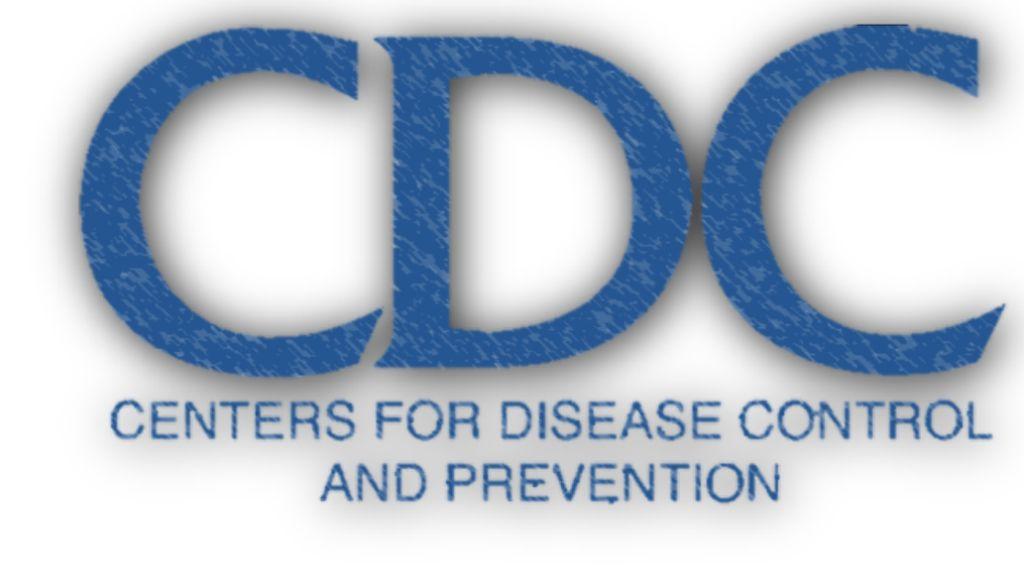FDA Releases Possible Factors for 2018 E. Coli Outbreaks
Leafy Greens Industry and Public Were Severely Impacted
By Hank Giclas, Western Growers Sr. Vice President, Strategic Planning, Science & Technology
Recently, the U.S. Food & Drug Administration released an environmental assessment that provides an overview of factors that potentially contributed to the contamination of romaine lettuce with E. coli that was implicated in a 2018 multi-state foodborne illness outbreak. The assessment can be found here and includes the background on the outbreak; the environmental team approach; and factors potentially contributing to the introduction and spread of E. coli; along with recommendations for the prevention E. coli in leafy greens.
FDA recommends that growers and processors of leafy greens:
- assure that all agricultural water (water that directly contacts the harvestable portion of the crop) used by growers is safe and adequate for its intended use (including agricultural water used for application of crop protection chemicals);
- assess and mitigate risks related to land uses near or adjacent to growing fields that may contaminate agricultural water or leafy greens crops directly (e.g. nearby cattle operations or dairy farms, manure or composting facility);
- verify that food safety procedures, policies, and practices, including supplier controls for fresh-cut processors, are developed and consistently implemented on farms (both domestic and foreign) and in fresh-cut produce manufacturing/processing food facilities to minimize the potential for contamination and/or spread of human pathogens;
- when a foodborne pathogen is identified in the growing or processing environment, in agricultural inputs (e.g., agricultural water), in raw agricultural commodities or in fresh-cut, ready-to-eat produce, a root cause analysis should be performed to determine the likely source of the contamination, if prevention measures have failed, and whether additional measures are needed to prevent a reoccurrence; and
- Local in-depth knowledge and actions are critical in helping resolve potential routes of contamination of leafy greens in the Yuma growing region, including Imperial County and Yuma County, moving forward. FDA urges other government and non-government entities, produce growers and trade associations in Yuma and Imperial Counties to further explore possible source(s) and route(s) of contamination associated with the outbreak pathogen and with other foodborne pathogens of public health significance. This information is critical to developing and implementing short- and long-term remediation measures to reduce the potential for another outbreak associated with leafy greens or other fresh produce commodities.
The findings in the Environmental Assessment appear to provide little new information but will be closely reviewed by Western Growers and others as part of our industry’s ongoing efforts to ensure food safety.
Immediately after the outbreak, Western Growers collaborated with the leafy greens industry to help lead a task force that would assess the source of the outbreak, as well as develop recommendations to prevent future outbreaks. While sources of contamination remain uncertain, the task force made concrete recommendations to industry for assuring water is safe and adequate, assessing and mitigating risk from adjacent land uses as well as others to address risks from equipment and climatic conditions. These recommendations go well beyond the requirements of the FDA’s own Produce Safety Rule and have already been incorporated into the California and Arizona LGMA requirements. State auditors are now charged with verifying adherence to these new controls through announced and un-announced audits that occur throughout the seasons. The industry is furthering its efforts to learn more including through research guided by respected entities such as the Center for Produce Safety and working directly with California and Arizona academic teams. There is a strong and broad commitment to continually work to improve our food safety system.
Other related information posted by FDA includes:
- Commissioner Gottlieb’s statement
https://www.fda.gov/NewsEvents/Newsroom/PressAnnouncements/ucm624867.htm - Environmental Assessment
https://www.fda.gov/food/recallsoutbreaksemergencies/outbreaks/ucm235425.htm - Letter to State Agriculture Officials (under CFSAN Postings)
https://www.fda.gov/AboutFDA/CentersOffices/OfficeofFoods/CFSAN/CFSANFOIAElectronicReadingRoom/default.htm - Outbreak closing
https://www.fda.gov/Food/RecallsOutbreaksEmergencies/Outbreaks/ucm604254.htm - Memo of investigation
https://www.fda.gov/AboutFDA/CentersOffices/OfficeofGlobalRegulatoryOperationsandPolicy/ORA/ORAElectronicReadingRoom/UCM624633





















